Papitese vs. Whippet: Breed Differences and Similarities
Hypoallergenic
Are Papiteses or Whippets hypoallergenic, or neither?
Unfortunately, neither Papitese nor Whippet are hypoallergenic, which may not make them the best choice for dog lovers who suffer from pet allergies.
Temperament
What are the personalities of Papitese and Whippet dogs?
Active
Playful
Happy
Energetic
Alert
Intelligent
Friendly
Responsive
Docile
Gentle
Tempered
Sweet
Easygoing
Affectionate
Gentle
Lively
Friendly
Intelligent
Quiet
Outright
Adaptable
Companionable
Shedding Level
Do Papiteses shed more than Whippets, or which breed sheds more, Papiteses or Whippets?
Papiteses shed very little hair, making them a great choice for those who dislike excess hair in the house.
Whippets are low shedding dogs, requiring minimal coat care.
Watchdog Ability
Which dog breed makes a better watchdog, the Papitese or Whippet?
Choose a Papitese if you want a top-notch watchdog. This breed takes guarding seriously, and may not require much training, though obedience or guard dog training can improve their skills.
Whippets are decent watchdogs - they'll alert their owner if something seems amiss.
Origin
What is the origin of Papitese and Whippet dog breeds?
United States
England
Ancestry
What are the origins of Papitese and Whippet breeds?
Papillon, Maltese
terrier, greyhound, spaniel
Breed recognition
Which kennel clubs recognize/register Papitese and Whippet?
ACHC = American Canine Hybrid Club
DBR = Designer Breed Registry
DDKC = Designer Dogs Kennel Club
DRA = Dog Registry of America, Inc.
IDCR = International Designer Canine Registry®
American Canine Registry
American Kennel Club
Canadian Kennel Club
Dog Registry of America Inc.
Federation Cynologique Internationale
North American Purebred Registry, Inc.
American Canine Association, Inc.
Australian National Kennel Council
Continental Kennel Club
National Kennel Club
New Zealand Kennel Club
United Kennel Club
Canadian Canine Registry
Date of Birth
When were Papitese and Whippet breeds first developed?
Unknown
1800s
Eye Color Possibilites
What are the eye colors of Papitese and Whippet dogs?
Brown
Brown
Nose Color Possibilites
What are the natural nose colors of Papitese and Whippet?
Black
Black
Coat Color Possibilites
What are the natural colors of the coat for Papitese and Whippet breeds?
White
Silver
Black
Brown
Fawn
Black
Blue
White
Fawn
Red
Brindle
Coat Length
What is the typical coat length for Papitese and Whippet breeds?
Papiteses have medium-length coats.
Whippets have coats that can be either short or medium in length.
Coat Density
What is the density of the coat of Papitese and Whippet?
Coat Texture
What is the hair texture of Papitese and Whippet?
Wavy
Straight
Litter Size
What is the usual litter size for Papitese and Whippet?
A Papitese can have a litter of 3-5 puppies on average. However, it's worth noting that the size of the litters can vary greatly. Factors that can influence litter size include the health of the mother, breeding history, and genetics.
A Whippet can have a litter of 12-15 puppies on average. However, it's worth noting that the size of the litters can vary greatly. Factors that can influence litter size include the health of the mother, breeding history, and genetics.
Adaptability
Papitese and Whippets are known for their adaptability and versatility. They are capable of adapting well to a wide range of lifestyle changes and living environments, making them great companions for families and individuals of all lifestyles.
Health Issues
Between Papitese and Whippet, which breed is more prone to health problems?
Papitese and Whippet breeds are generally considered to be healthy. However, like all breeds, they are susceptible to certain health issues and it is important to keep an eye out for them and address them with your veterinarian as needed.
Major Concerns
What are the major health concerns for Papitese and Whippet breeds?
Portosystemic Shunt
Patent Ductus Arteriosis (PDA)
Progressive Retinal Atrophy
Von Willebrand's Disease
Anesthesia Sensitivity/Allergy
Corneal Dystrophy
Minor Concerns
What minor health issues should be kept in mind when owning Papitese and Whippet?
Patellar Luxation
Cataracts
Glaucoma
Von Willebrand's Disease
Progressive Retinal Atrophy (PRA)
Food Allergies
Cataracts
Lens Luxation
Occasional Tests
What occasional tests are recommended for Papitese and Whippet breeds?
Eye Examination
Radiographs
Blood Sugar and Thyroid Tests
Complete Physical Examination
Blood Test
Dna For Vwd
Eye Examination
Physical Examination
Energy
How do the energy levels of Papiteses and Whippets compare?
Papiteses' high energy levels make them unsuitable for a low-key dog, choose accordingly.
Whippets thrive on an active lifestyle due to their high-energy nature.
Social Needs
Papitese vs Whippet social needs comparison
Papitese has very high social needs and requires regular mental and physical stimulation, a job or purpose, and companionship.
Whippet has average social needs and is less independent than other breeds.
Exercise Needed
Papitese vs Whippet exercise need comparison.
Papiteses need only a small amount of physical activity, ideal for busy or elderly people or those with limited space.
Whippets need moderate physical activity and are great for families and active individuals.
Sleeping Need
Which of the two sleeps the most/least: Papitese or Whippet?
Papiteses have moderate energy levels and typical sleep patterns of 12-14 hours per day.
Whippets are active and require sufficient sleep to stay healthy.
Tendency to Bark
Do Papiteses or Whippets bark more/less frequently?
Papitese dogs are generally less vocal than other breeds and only bark when necessary, such as to alert their owner or communicate.
Whippets are typically quiet and only bark when needed, such as to alert their owner or when in distress.
Mouthiness
Mouthiness Comparison: Papitese vs Whippet?
Roaming urge
Papitese vs Labrador: Running away tendency?
Prey Drive
Papitese or Whippet - which breed has a higher level of prey drive?
Past times
What are some enjoyable activities and ways to keep Papitese and Whippet entertained?
Fetch, Everythimg, Dog Parks
Run, Nap, Hunt, Fetch, Nose work, Eating Snacks, Dog Parks, Walks, Playdate, Tug-of-war, Toys
Activity Level
Which breed has higher energy, Papiteses or Whippets?
Both Papitese and Whippet are medium-energy dogs that enjoy socializing and playing with other dogs. They may engage in casual or sustained games of chase, and occasionally have bursts of barking or racing around the house.
Tolerance of being left alone
Walks per Week
How many miles should Papitese or Whippet walk each week?
There's really no limit to how far you walk your dog as long as they're comfortable. For Papitese, it's at least 5 miles / week. Just remember to build distance and stamina gradually over time.
There's really no limit to how far you walk your dog as long as they're comfortable. For Whippet, it's at least 10 miles / week. Just remember to build distance and stamina gradually over time.
Activity per Day
Do Papiteses or Whippets require more exercise?
In general most Papiteses usually need at least 30 minutes of exercise daily. This can be spread across the day and include all sorts of high-energy activities, like walking, running and playing.
In general most Whippets usually need at least 60 minutes of exercise daily. This can be spread across the day and include all sorts of high-energy activities, like walking, running and playing.
Grooming
Which breed is easier to maintain in terms of grooming, Papiteses or Whippets?
The Papitese requires an average amount of grooming compared to other breeds.
The Whippet is a low-maintenance breed that doesn't require much grooming.
Brushing Frequency
What is the recommended brushing frequency for Papitese and Whippet dogs?
Ideally, Papitese should be brushed at least 2 or 3 times a week (preferably daily) improve shedding.
In general Whippet should be brushed at least once a month. Of course you can give them more frequent brushes, especially if they enjoyed it
Brushing Tools
What brushing tools are used for Papiteses and Whippets?
Pin Brush
Nail Clipper
Slicker Brush
Nail Clipper
Cups
How much food should be given to Papitese or Whippet in cups?
For an average 6-10 pound (3 - 5 kg) Papitese feed 1 cups daily. But, keep in mind, the amount you feed is going to be dependent on the quality of the food you are feeding.
For an average 25-40 pound (11 - 18 kg) Whippet feed 2.8 cups daily. But, keep in mind, the amount you feed is going to be dependent on the quality of the food you are feeding.
Daily Cost
Which breed has a higher daily cost, Papitese or Whippet?
The average cost of a Papitese is somewhere $1.10 - $1.40 per day.
The average cost of a Whippet is somewhere $1.70 - $2.00 per day.
Monthly Cost
Which breed has a higher monthly cost, Papitese or Whippet?
The average per month expenses of a Papitese is between $28 - $42. This makes an average of $336 - $504 per year. It will be on the higher side when the dog is still small because it will need more frequent visits to the vet, shots.
The average per month expenses of a Whippet is between $48 - $63. This makes an average of $576 - $756 per year. It will be on the higher side when the dog is still small because it will need more frequent visits to the vet, shots.
Intelligence
Comparing Intelligence: Papiteses vs Whippets
Papitese and Whippet have average obedience intelligence, but they're also independent thinkers. This breed is known for having an exceptionally high IQ, which means they may get into trouble if left to their own devices.
Sensitivity Level
How do Papitese and Whippet compare in sensitivity?
This breed is sensitive and requires gentle handling and a calm home environment.
This breed is sensitive to its environment and best suited for patient and understanding families with a consistent routine.
Affection Dependance
Which is the more affectionate dog breed: Papitese vs Whippet?
Apartment Friendly
Which breed is more apartment-friendly: Papitese or Whippet?
The Papitese is a great apartment dog, thriving with sufficient exercise and time outside as part of their daily routine.
Whippets make excellent apartment dogs, being fairly active indoors and not requiring a yard.
Child Friendly
Do Papiteses or Whippets have a friendlier temperament towards children?
Papitese and Whippet are kid-friendly dogs. They are good with children and excellent dogs with children if they are socialized and trained at a young age.
Senior-friendly
Which dog is more suitable as a pet for the elderly - Papitese or Whippet?
Cat Friendly
Do Papitese or Whippet breeds have a better compatibility with cats?
Papiteses are very friendly with cats and make great companions for them.
Whippets are not cat friendly.
Dog Friendly
Which breed is more sociable with other dogs: Papitese or Whippet?
Papiteses are friendly and active companions, and can be good family pets, though their friendliness towards other dogs may vary.
Whippets are average in their friendliness towards other dogs, and socialization can help.
Pet friendly
How do Papitese or Whippet dogs interact with other pets?
Stranger Friendly
Which breed is more friendly with strangers: Papitese or Whippet?
Papiteses are highly friendly around strangers.
Whippets are averagely friendly around strangers but benefit from early socialisation.
Playfulness
Which breed is more playful between Papitese and Whippet?
Papiteses are a playful breed that needs daily playtime to be happy.
Whippets have an average level of playfulness, enjoying playtime like most dogs but not excessively so.
Trainability
How do the trainability levels of Papiteses and Whippets compare?
Papitese and Whippet dogs are known for their ease of training and ability to learn quickly, making them a popular choice for pet owners and trainers alike.
Compare Papitese with other breeds
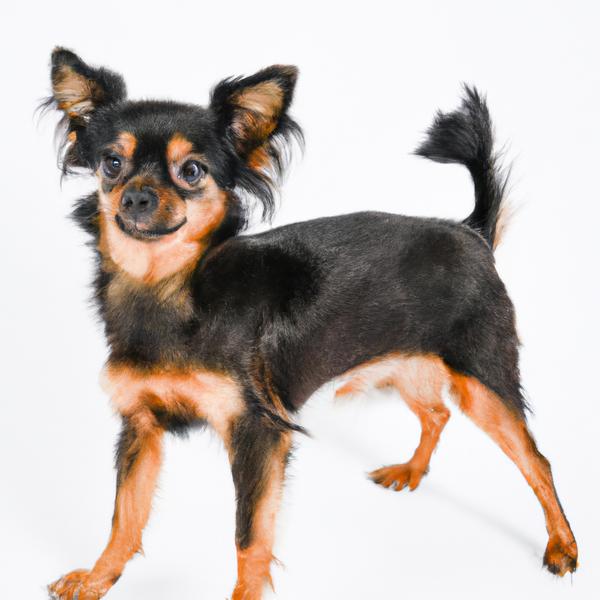
Brusselranian
Papitese vs Brusselranian

Rustralian Terrier
Papitese vs Rustralian Terrier

Pembroke Welsh Corgi
Papitese vs Pembroke Welsh Corgi

Posavac Hound
Papitese vs Posavac Hound
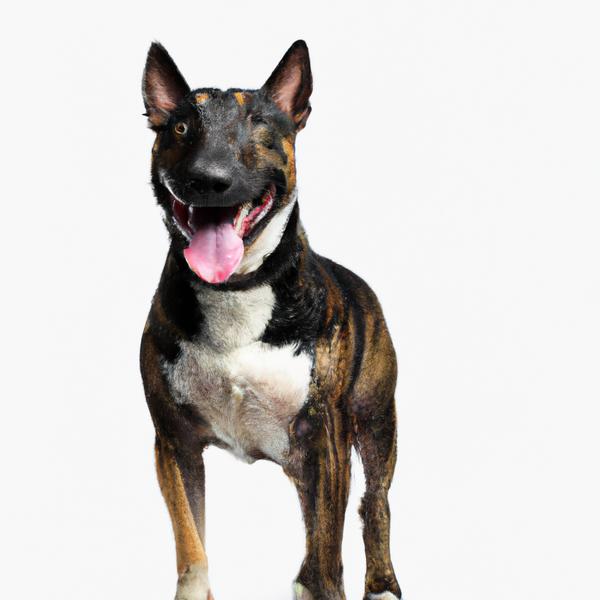
Bull Chow Terrier
Papitese vs Bull Chow Terrier
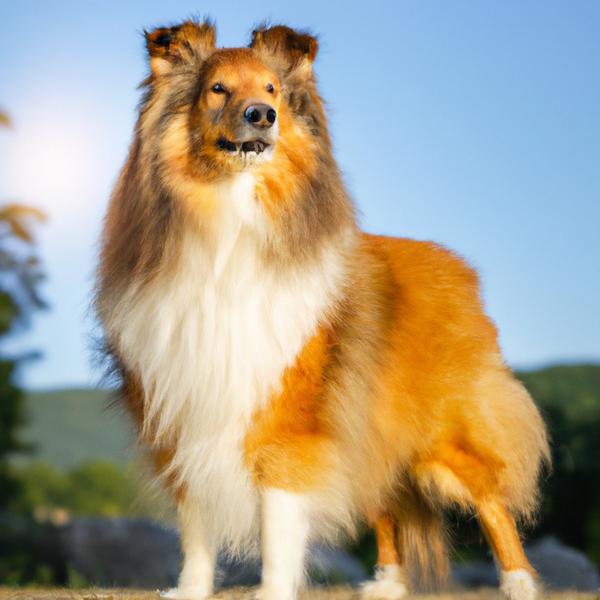
Golden Sheltie
Papitese vs Golden Sheltie
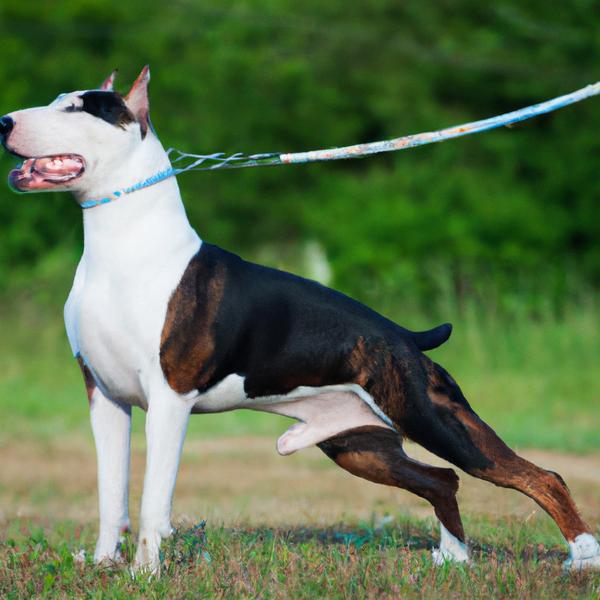
Bullwhip
Papitese vs Bullwhip
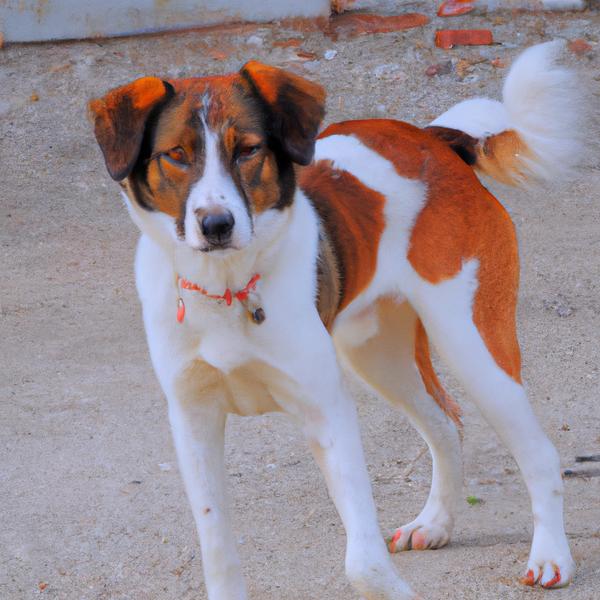
Cotralian
Papitese vs Cotralian
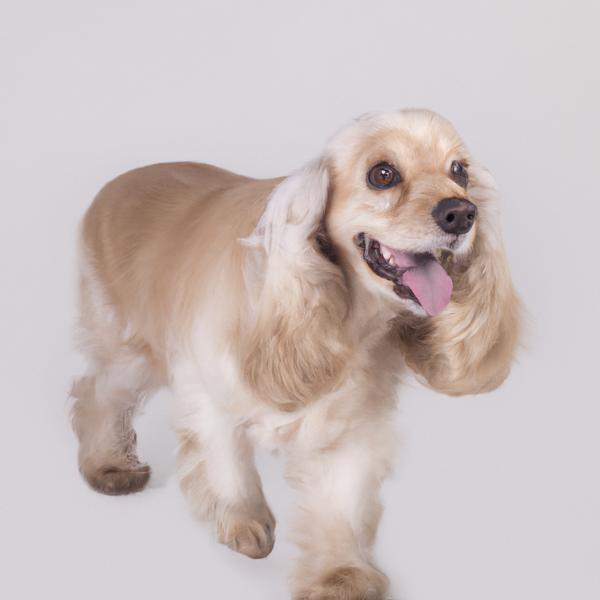
Lha-Cocker
Papitese vs Lha-Cocker

Texas Heeler
Papitese vs Texas Heeler
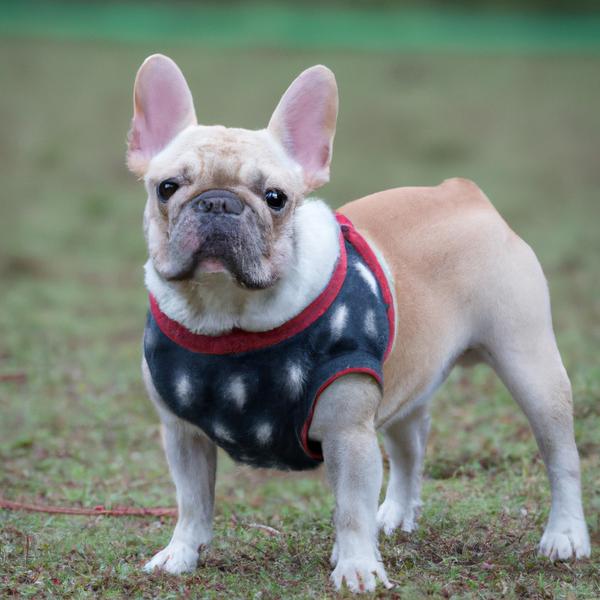
Frenchie-Pei
Papitese vs Frenchie-Pei
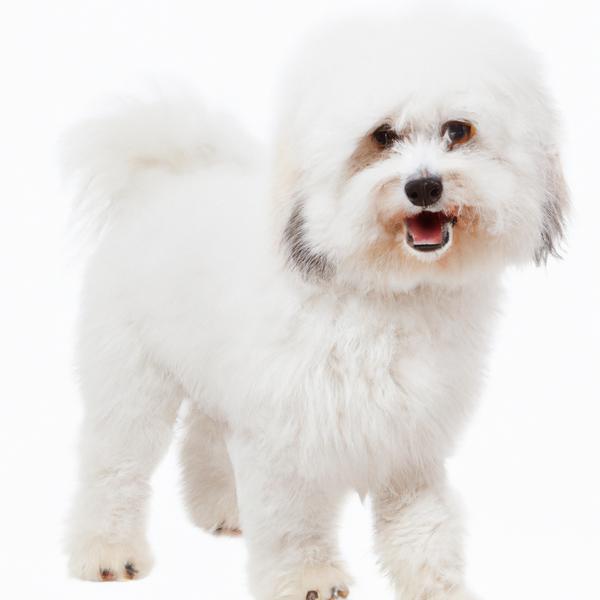
Chinese Frise
Papitese vs Chinese Frise

